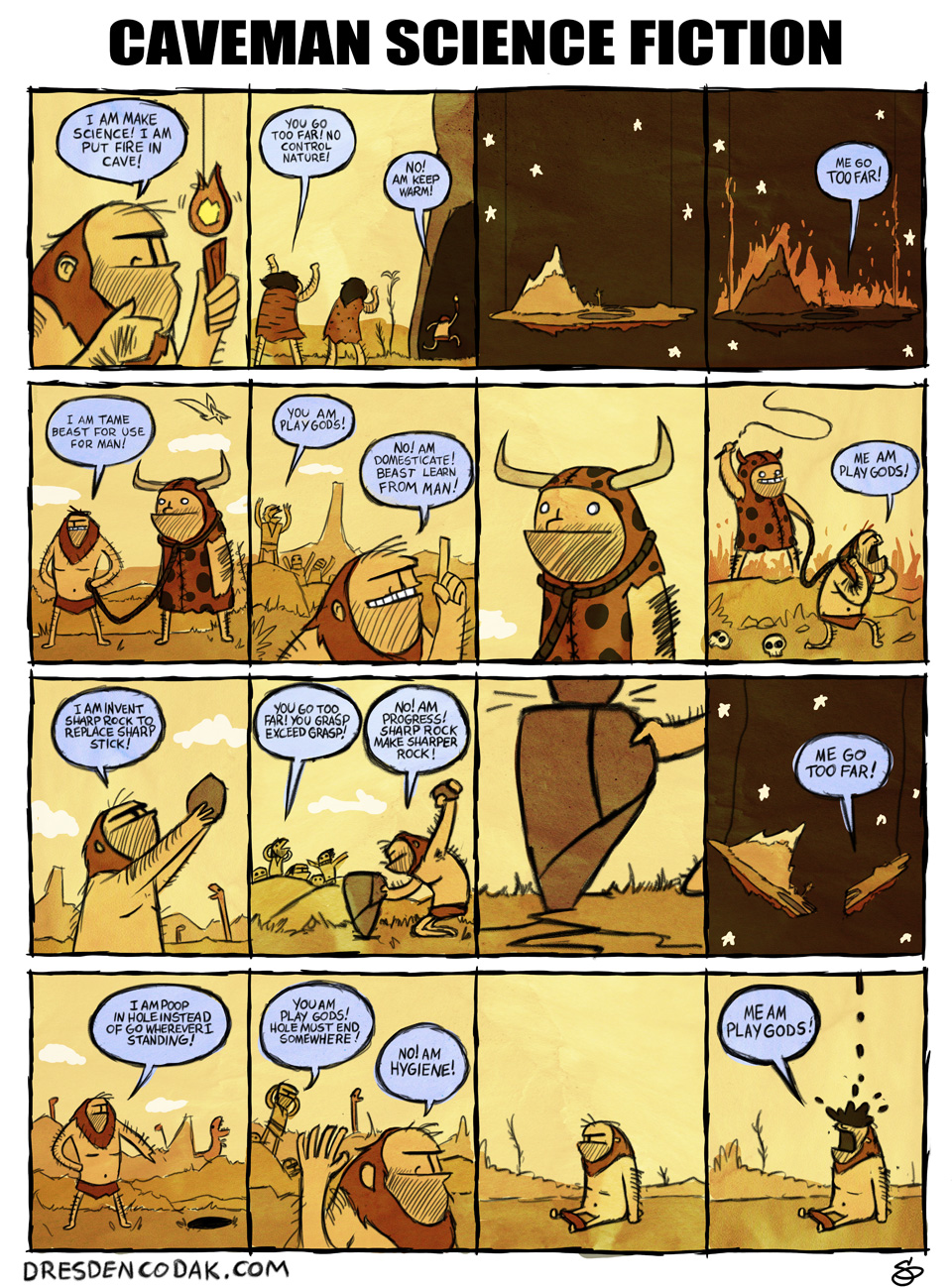I hope we'll get to have some influence on this division, and that the "paving of local roads" faction wins out. Rushing to expand arterial routes more sounds rather like Just One More Lane Bro (though it could just mean further replacement of two-lane intercity roads with more four-laners).
I'm sorry, I know this has been addressed, but comments like this are very much The Problem.
People are so caught up in 21st century American Suburb brain that they reflexively back-project any statement about the realities of the 1965-era USSR in the game
onto a 21st century American suburb-encrusted cityscape. People are hearing "we need to expand and pave major roads" and thinking "ahah, that must mean widening the already-over-wide eight lane freeways tearing our inner cities apart and connecting them up to masses of cookie-cutter suburbs in a futile attempt to build your way out of traffic jams!"
But it doesn't mean any such thing! Because those suburbs do not exist and probably never will exist, nor do those freeways, nor do those traffic jams! If we have traffic jams it's usually going to be because a truck broke down and skidded and is now blocking both lanes (as in, each way) of a gravel road and now nobody can get past because even the road itself was barely manageable in the mud.
There
is, in simple objective fact, a need for roads, and a need for roads that are wide enough to permit vehicles to pass each other at speed, including four and occasionally six-lane highways. This is simply not something it is practical for us to eliminate or escape. We are in no danger,
any time soon, realistically not for
decades, of coming close to a level of road overbuilding where the kind of excess that "Just One More Lane Bro" rightly mocks. There will be ample in-story evidence that we are approaching a point where road overbuilding is a problem,
if and when it becomes a problem.
And until that time comes, honestly I think it would be best if for the foreseeable future we let this brainbug die a merciful death. We need to stop being so goddamn paranoid about roads. Our fears are rooted in an entire economic and physical infrastructure that
does not exist in the game we are playing in, and we have created/perpetuated massive economic problems for the Soviet Union in-game by allowing these fears to control our actions.
But factories not being able to transport goods and raw materials because the local unpaved gravel roads keep breaking their trucks is the entire reason we got a road-bulding fire lit under us in the first place, so that seems like the much more important task.
Let's review some vocabulary.
A
controlled-access highway ("freeway," "motorway," etc.) is a massive purpose-built road that does not serve the immediate land directly next to its right-of-way, and that avoids having any level crossings with other roads, rails, or pathways. This is done with dividing barriers, onramp/offramp architecture, and other distinctive features seen on this type of highway across the world. This permits motor vehicles to travel at or near their top practical speed over long distances without a constant need for hazardous and fuel-inefficient stops and starts. This is to roads what dedicated high-speed passenger rail lines are to trains, and I'm pretty sure we have
very few controlled-access highways in the Soviet Union. Now, I imagine that some of the work that went into the recent 700-point
Western USSR High-Capacity Roads project included this, but I suspect a lot just went into building up better arterial roads, see below.
An
arterial road is a major road that might,
might colloquially be called a "highway" in English if it is big enough and carries fast enough traffic, but which is distinguished from controlled-access highways. Arterial roads have level crossings, typically controlled by signal infrastructure or roundabouts, and will typically service enterprises and other developments directly at the roadside. However, it is not designed solely or primarily for this purpose; a lot of the traffic passing any given point on an arterial road is "just passing through" and will not stop at or anywhere near the point you're standing at. Importantly, this definition applies
both to major urban roads
and to many rural highways.
My impression is that the typical Soviet major road, of any kind, anywhere in the Union, anything that is plausibly likely to be paved and has even been
considered for four-lane pavement, would qualify as an "arterial road." We simply don't have a large enough network of purpose-built controlled-access highways to take the place of all the Soviet roads that are equivalent to, say, "US 1" in the United States, roads that are in large part improved and linked up from roadways that have existed since the 1800s and that double as the "Main Street" of many of the towns they pass through.
The vast majority of vehicle-miles on the road system, especailly when you discount traffic shuffling for very short distances within a community on "last-mile" matters, is going to be on the arterial roads. This reality informs Blackstar's observation that many of the truck problems we have, caused by the need to drive scores or hundreds of kilometers on gravel roads, are
precisely the kind of problem we cannot solve without paving arterial roads.
